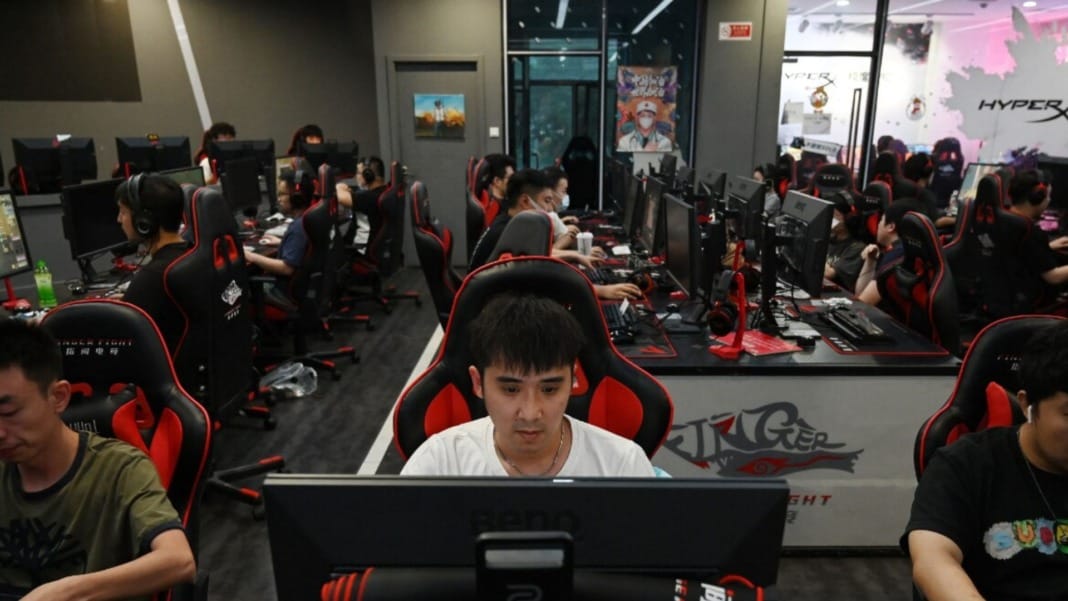In the coming years, the semiconductor industry is set to reach record-breaking spending levels, with China, South Korea, and Taiwan leading the charge. Between 2025 and 2027, it is expected that manufacturers of computer chips will invest around US$400 billion in equipment, according to estimates released by the global industry body SEMI on Thursday. This surge in spending is largely driven by the increasing demand for AI chips, memory chips and the need for expanded capacity, particularly in light of the ongoing trade tensions between the US and China.
Massive investment in equipment is expected
According to SEMI’s report, spending on chip-making equipment will grow by an impressive 24 per cent in 2025 alone, reaching a total of US$123 billion. Leading the way in equipment sales are companies like ASML from the Netherlands, Applied Materials, KLA, and Lam Research from the US, as well as Tokyo Electron from Japan.
China is forecast to remain the top region for chip equipment investment, with a planned expenditure of over US$100 billion over the next three years. This heavy spending is largely attributed to China’s drive for self-sufficiency in the face of global chip shortages and restrictions imposed by other countries. Despite this, Chinese spending is expected to decrease from the high levels seen this year.
South Korea and Taiwan among the top spenders
South Korea, home to leading memory chip manufacturers Samsung and SK Hynix, is projected to invest US$81 billion during the 2025-2027 period. In Taiwan, where top contract chip maker TSMC is based, the estimated spending comes in at US$75 billion. TSMC has also been expanding its operations globally, with new plants being built in the US, Japan, and Europe, reflecting the broader push to diversify chip production and meet rising demand.
Meanwhile, other regions are also increasing their investments. In the Americas, spending is predicted to reach US$63 billion, while Japan is expected to invest US$32 billion. Europe is projected to spend US$27 billion during this same period. These regions are anticipated to more than double their equipment investment by 2027 compared to 2024 levels, thanks to policy incentives designed to ensure a steady supply of essential semiconductors.
The future outlook for the semiconductor industry
The future of the semiconductor industry appears to be increasingly shaped by geopolitical factors and the growing reliance on advanced technologies like artificial intelligence. As governments across the globe seek to secure their chip supplies, investments in semiconductor equipment are expected to continue rising. This is especially true in regions like the Americas and Europe, where significant increases in spending are anticipated due to policies aimed at bolstering domestic production.
China, South Korea, and Taiwan, already established leaders in the sector, are set to remain at the forefront of the industry. However, with other regions ramping up their investments, the global landscape for semiconductor production is likely to become more competitive in the coming years.





